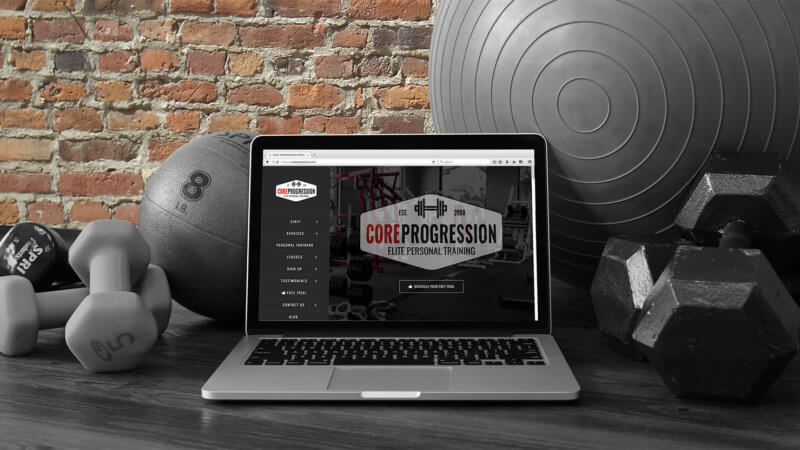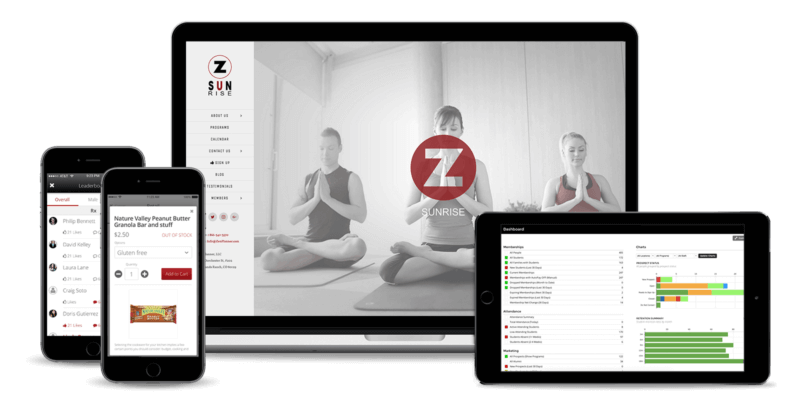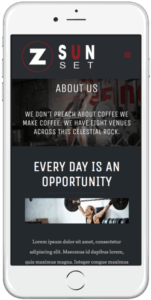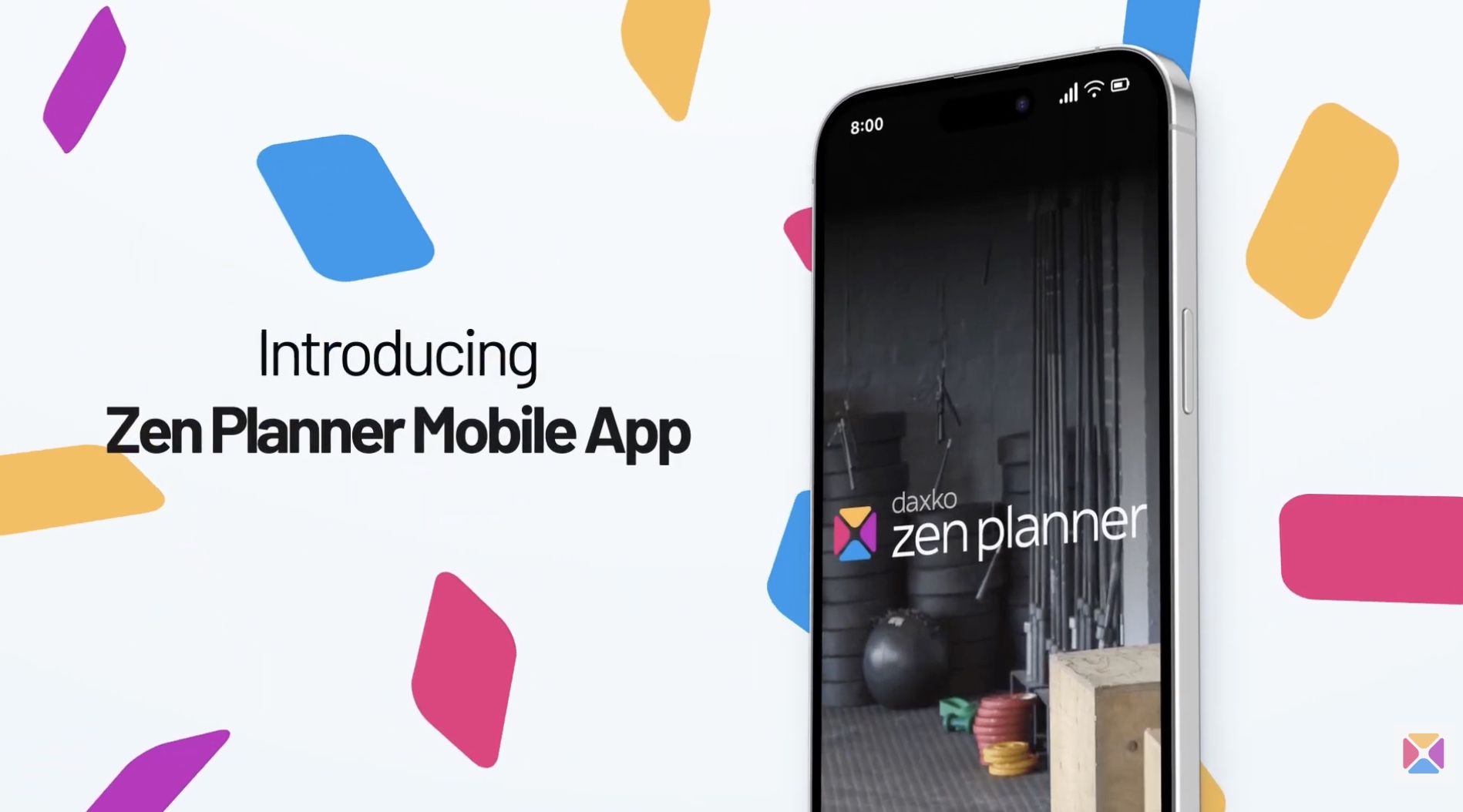5 Things to Consider Before Outsourcing Your Gym Website


There’s no denying that a clean, modern, optimized website makes your gym look attractive to potential members. If you’ve decided that your current website doesn’t make the cut, you have a host of decisions to make before you can get a new site up and running. The first (and sometimes most difficult) decision to make is determining whether to build and maintain the new website yourself, or outsource it to a third party. If you’re stuck weighing the pros and cons of outsourcing your website design and maintenance, here are a few things to keep in mind.
1. Design and Development
Building a website yourself is not impossible, especially if you have staff members with basic design and development experience. Consumer-friendly website platforms like Wix and Squarespace are popular among gyms but still require a LOT of time to build a robust and well-designed site. Be aware that the photography on your site will make a big difference in how it looks. Many small businesses expect their sites to look like the template they choose, only to find that their photography options are limited and unprofessional.
Get your copy of our checklist, 10 Things Your Gym Website Must Have
Outsourcing the design and development of your website to an agency or contractor lends more room for creative freedom. Expect your website to be created on a more robust platform like WordPress or Drupal. Though outsourcing your site to “the experts” can save you hundreds of hours of time, it’s important to be clear on the price, goals, expectations and timeline from the beginning of your discussions with them. Backtracking and revisions during a website design process can get pricey and agencies will likely push you to use stock photography, which ranges from $5–$20+ per photo.
2. Integrations
Whether you’re building your new website yourself or outsource to a third party, make sure you have the flexibility to embed forms and calendars from your fitness business software into the HTML code. This level of customization is common on both custom and consumer-friendly website platforms, but it is important to be aware of this needed functionality up front, just in case. Embedded forms and calendars not only make your website more engaging for visitors, but also make it easy for new and existing members to reserve a class or free trial.

3.Marketing and SEO
If you’re building a gym website yourself, keep basic marketing and SEO (search engine optimization) practices in mind. Follow best practices for marketing by making sure your website is mobile-friendly and includes lead capture forms. Optimizing URLs, title tags and meta descriptions with industry-specific keywords will also ensure that the site can be found by search engines like Google and Bing. It’s also important that your website platform has blogging functionality; regularly publishing fresh content will boost your search engine rankings.
If you are outsourcing your website, be aware of extra charges related to SEO optimizations. Many agencies and contracts offer optimizations at an additional hourly fee ranging from $80–$150.

4. Maintenance & Updates
Good news! When it comes to website maintenance and updates on DIY platforms, there is very little to do on your end. Though it is important to update content and imagery on your site, your team won’t have to worry about theme updates and other routine maintenance required on more robust platforms.
If your site is built on custom website platforms like WordPress or Drupal, you will likely need to perform some routine maintenance. Many small businesses ignore or are unaware of the need for website maintenance and are left confused when their website crashes unexpectedly. Delegate an experienced staff member or your agency/contractor to own your gym’s website maintenance to avoid the headache later. If you decide to outsource maintenance and updates, expect to pay $40–$150+ per hour.
5. Price
Cost is the primary reason gym owners decide to build their website themselves. Choosing to go with a DIY platform with an annual contract will save you money on the front end, but expect to make up for the cost with the time you and your team spend creating and updating the site yourselves.
In addition to the photography, SEO and maintenance costs mentioned above, be aware of these additional price tags:
- Domain: You will need to register a domain (URL) for your website if you haven’t already. This is relatively cheap; you can expect to pay $10–$20 per year for a domain.
- Hosting: The cost of hosting your site may be included in the platform subscription, or it may be an additional fee if it’s a custom website. Cheap hosts can start as low as $4 per month, but finding a solid hosting company is important. For a small business website, quality hosting services typically cost around $30 per month; services at this price point will typically reduce the need for frequent website backups and provide better customer support.
- SSL Certificate: As websites become more complex, it is important to make sure your information is being transferred securely. SSL is now a best practice for websites, not only providing security and credibility but also helping your site’s ranking in Google. Depending on your registrar, an SSL can cost between $50 – $350 per year.
- Other Hidden Costs: Custom websites built on more robust platforms commonly require plug-in and theme upgrades, additional storage and backups, and many other unexpected costs. Make sure to ask your agency or developer about these hidden costs up front.
Weighing the pros and cons of outsourcing your website can typically leave you with more questions than answers. Depending on your resources, timeline and the platform you use, your time and financial commitment can vary. That’s why Zen Planner decided to offer custom Integrated Website services to our customers. Combining the design and development expertise you expect from an agency with the industry experience and integrations you expect from your fitness management software, Zen Planner fills the gap many of our customers have been looking for. We handle everything from design and SEO to hosting, maintenance and seamless integrations with our software so that our customers spend less time staring at a screen and more time doing what they love.
Learn more about our Integrated Websites HERE.
Are you ready to learn more about what makes a successful gym website? Download helpful checklist, 10 Things Your Gym Website Must Have.

I’m Coach Kelli, a devoted CrossFit gym owner with 15 years of experience managing my facility, along with owning yoga studios and wellness centers. Beyond the fitness world, I have a passion for cooking, cherish moments with my children and family, and find joy in spending time outside. Having experienced the highs and lows, I’m dedicated to leveraging my expertise to help you grow and succeed on your fitness journey.

I’m Coach Kelli, a devoted CrossFit gym owner with 15 years of experience managing my facility, along with owning yoga studios and wellness centers. Beyond the fitness world, I have a passion for cooking, cherish moments with my children and family, and find joy in spending time outside. Having experienced the highs and lows, I’m dedicated to leveraging my expertise to help you grow and succeed on your fitness journey.








